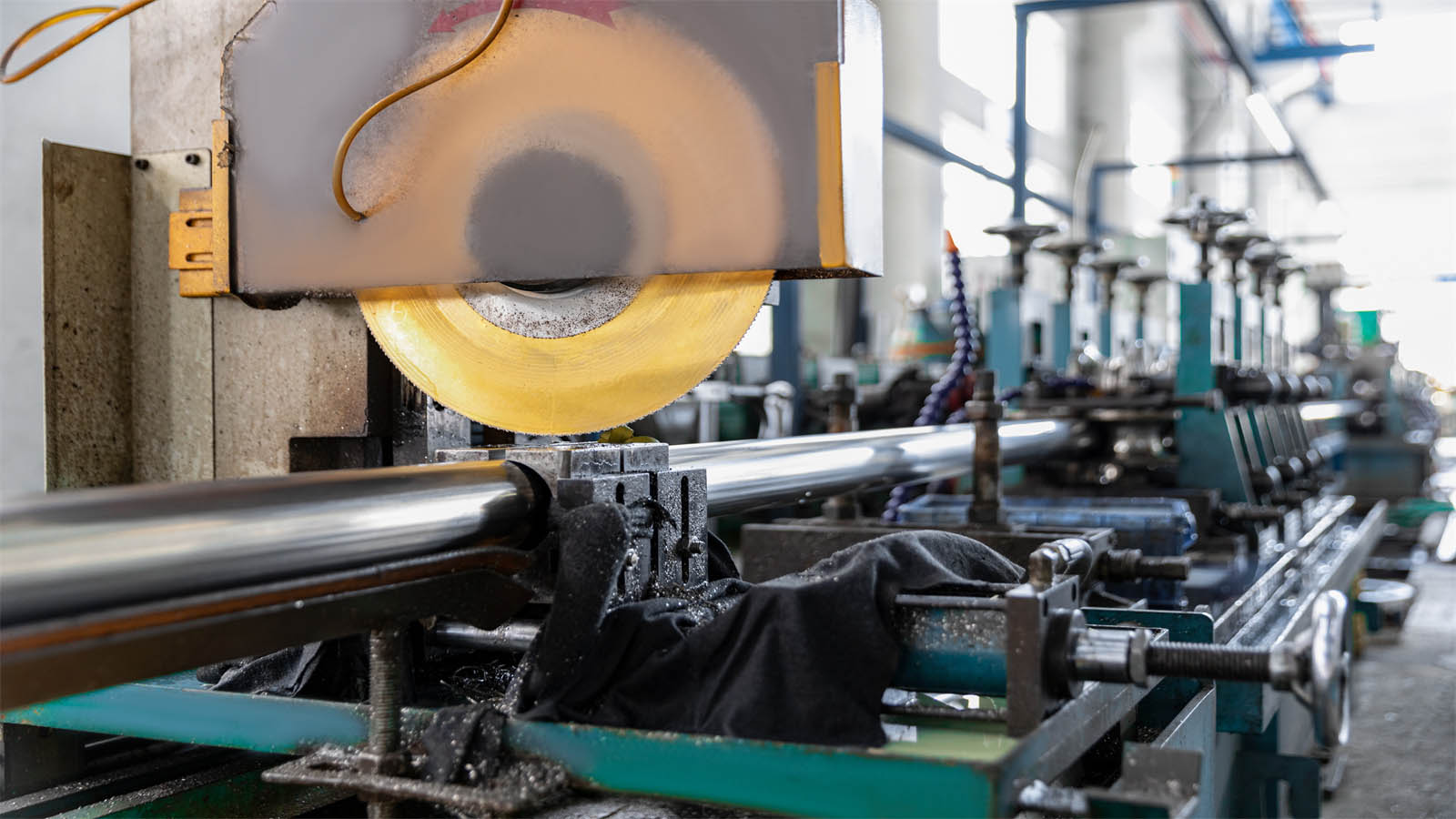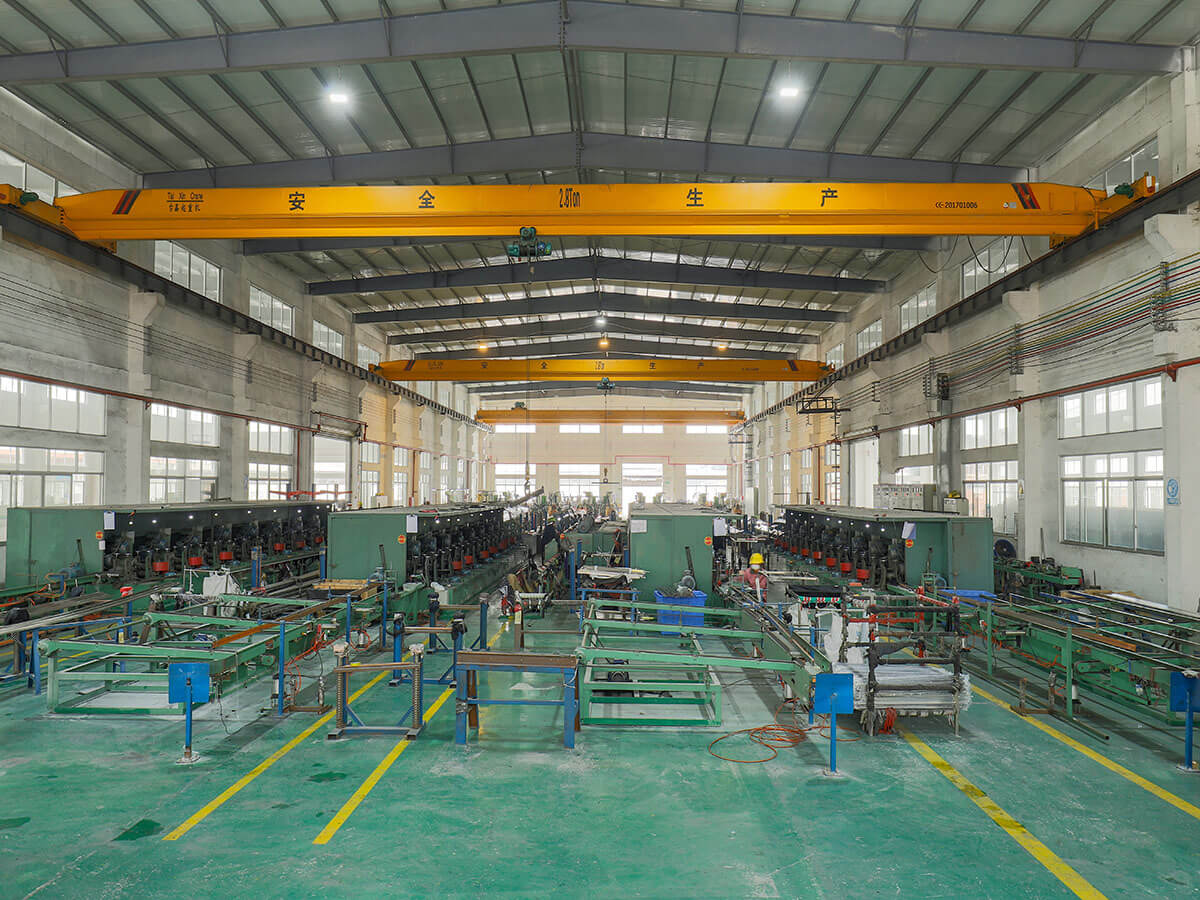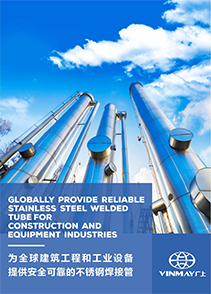Stainless steel square tubing is a versatile and durable material that has become increasingly popular in various industries. Its unique properties make it ideal for a wide range of applications, from architectural designs to industrial machinery.
However, mastering the fabrication techniques for stainless steel square tubing requires a meticulous approach and a comprehensive understanding of the material. In this discussion, we will explore the key aspects of this process, including selecting the appropriate tools, preparing the tubing for fabrication, and executing efficient cutting and welding techniques.
We will also delve into the finishing touches that give stainless steel square tubing its polished and professional appearance. By the end of this discussion, you will gain valuable insights and be equipped with the knowledge to overcome common challenges that arise during the fabrication of stainless steel square tubing.
So, let us embark on this journey of honing our skills and mastering the art of stainless steel square tubing fabrication.
Understanding the various grades of stainless steel is essential for any professional involved in the fabrication of stainless steel square tubing. Stainless steel is a versatile material that is widely used in a variety of applications due to its excellent corrosion resistance and durability. However, not all stainless steel grades are created equal, and each has its unique properties and characteristics. Below is a simplified chart outlining some common stainless steel grades along with their characteristics and common applications:
| Stainless Steel Grade | Composition | Characteristics | Common Applications |
|---|---|---|---|
| 304 | 18% Cr, 8% Ni | Corrosion resistance, excellent weldability, non-magnetic | Kitchen equipment, architectural trim, chemical processing |
| 316 | 16% Cr, 10% Ni, 2% Mo | Improved corrosion resistance, especially in marine environments | Marine equipment, chemical processing, medical implants |
| 430 | 16-18% Cr | Ferritic stainless steel, good corrosion resistance, less ductile | Kitchen appliances, automotive trim, architectural elements |
| 201 | 16-18% Cr, 3.5-5.5% Ni | Lower cost alternative to 304, moderate corrosion resistance | Cookware, restaurant equipment, automotive trim |
| 410 | 11.5-13.5% Cr | Martensitic stainless steel, good hardness and wear resistance | Cutlery, valves, surgical instruments |
| 2205 (Duplex) | 22% Cr, 5% Ni, 3% Mo | High corrosion resistance, higher strength than 304 and 316 | Chemical processing, oil and gas, heat exchangers |
| 17-4 PH | 15-17.5% Cr, 3-5% Ni, 3-5% Cu | Precipitation hardening, high strength and hardness | Aerospace components, pump shafts, nuclear reactor components |
The most commonly used stainless steel grades for square tubing fabrication are 304 and 316. Grade 304 stainless steel is a general-purpose stainless steel that is widely used for its good corrosion resistance and formability. It is suitable for a wide range of applications, including architectural, automotive, and industrial uses.
Grade 316 stainless steel, on the other hand, offers even better corrosion resistance than 304 stainless steel, making it ideal for applications where it will be exposed to harsh environments or corrosive substances.
When selecting a stainless steel grade for stainless steel square tubing fabrication, it is important to consider the specific requirements of the application, such as the level of corrosion resistance needed and the desired aesthetic appearance. Additionally, factors such as cost, availability, and ease of fabrication should also be taken into account.
Read more: Mastering 304 Stainless Steel Square Tubing
To ensure the successful fabrication of stainless steel square tubing, it is crucial to carefully select the appropriate tools and equipment for the job. The right tools not only contribute to the efficiency and accuracy of the fabrication process but also ensure the safety of the workers involved.
One important aspect of tool selection is tool maintenance. Tools must be properly maintained to ensure their optimal performance and longevity. Regular cleaning and lubrication of tools, especially those used for cutting and shaping stainless steel, is essential. This prevents rust and corrosion, which can compromise the integrity of the tubing and lead to subpar results.
In addition to tool maintenance, safety precautions must also be taken into consideration when choosing tools and equipment. Safety goggles, gloves, and protective clothing are essential to protect workers from potential hazards such as flying debris, sharp edges, and excessive heat. It is also important to use tools that have safety features, such as guards and automatic shutoffs, to minimize the risk of accidents.
Furthermore, it is important to choose tools that are specifically designed for stainless steel fabrication. These tools are often made from high-quality materials and have features that allow for precise and accurate cuts, bends, and welds. Investing in quality tools may initially cost more, but it will undoubtedly yield better results and contribute to the overall efficiency and safety of the fabrication process.

To ensure proper fabrication of stainless steel square tubing, it is essential to start with a clean surface. Cleaning the stainless steel removes any dirt, debris, or contaminants that could affect the quality of the final product.
Once clean, precise measurements of the square tubing should be taken to ensure accurate fabrication and fitment. These measurements will serve as the basis for cutting and shaping the tubing to the desired specifications.
The initial step in preparing stainless steel square tubing for fabrication involves thorough cleaning to remove any contaminants or impurities. Proper maintenance of stainless steel is essential to ensure its longevity and performance. When it comes to removing stains and keeping stainless steel clean, there are several effective techniques to consider:
After ensuring that the stainless steel square tubing is properly cleaned and free from contaminants, the next step in preparing it for fabrication is measuring the dimensions with precision and accuracy.
Measuring accuracy is crucial in ensuring that the square tubing fits perfectly into the desired structure. Common mistakes in measuring square tubing dimensions include inaccurate readings due to improper tools or techniques, incorrect calculations, and overlooking small details that can affect the final fit.
To achieve accurate measurements, it is essential to use specialized measuring tools such as calipers or micrometers, which provide precise readings. Additionally, it is important to double-check all measurements and make sure to account for any variations or irregularities in the tubing.

When cutting stainless steel square tubing, it is crucial to use the appropriate cutting tools to ensure precise and clean cuts. The proper blade selection is essential to achieve the desired results without damaging the material.
Additionally, employing specific techniques, such as using steady pressure and maintaining a consistent cutting speed, can help achieve clean cuts and prevent distortion or burrs on the stainless steel square tubing.
To ensure precise and efficient cutting of stainless steel square tubing, it is essential to utilize cutting tools specifically designed for this material. Stainless steel is known for its durability and resistance to corrosion, making it a popular choice for various applications. However, cutting this material requires specialized tools to prevent distortion and achieve clean cuts.
Here are three cutting tools that are commonly used for stainless steel square tubing:
Selecting the proper blade is crucial for achieving precise and clean cuts when cutting stainless steel square tubing. Blade selection should be based on factors such as the type and thickness of the tubing, as well as the desired cut quality and speed.
When it comes to blade maintenance, regular inspection, and sharpening are essential to ensure optimal cutting performance. Dull blades can result in uneven cuts, increased cutting forces, and reduced blade life.
Additionally, proper lubrication is important to minimize friction and heat generation during cutting. Cutting speed optimization is another key consideration. While faster cutting speeds can increase productivity, they can also lead to poor cut quality and increased wear on the blade.
Finding the right balance between cutting speed and cut quality is crucial for achieving optimal results.
Proper execution of cutting techniques is essential for achieving clean and precise cuts when working with stainless steel square tubing, ensuring optimal results for fabrication projects. To achieve clean cuts, it is important to follow specific cleaning techniques and safety precautions.
Here are three key techniques to consider:
Efficient welding methods play a crucial role in achieving high-quality and durable stainless steel square tubing. Welding is the primary joining method used in the fabrication of stainless steel square tubing, ensuring the structural integrity and longevity of the final product. There are various welding techniques available for stainless steel square tubing, each with its advantages and considerations.
One commonly used welding technique is Tungsten Inert Gas (TIG) welding. TIG welding offers precise control over the welding process, producing clean and high-quality welds. It utilizes a non-consumable tungsten electrode to create an arc that melts the base metal and filler material, if used, resulting in a strong and aesthetically pleasing weld. TIG welding is particularly suitable for thin-walled stainless steel square tubing, as it minimizes distortion and produces minimal heat-affected zones.
Another welding technique commonly used for stainless steel square tubing is Metal Inert Gas (MIG) welding. MIG welding utilizes a consumable wire electrode that is continuously fed into the welding arc, along with a shielding gas to protect the weld from atmospheric contamination. MIG welding is known for its high welding speeds and efficiency, making it suitable for large-scale production of stainless steel square tubing.

To ensure the highest quality and professional appearance of stainless steel square tubing, attention to detail is essential in the final stages of fabrication, specifically in the process of polishing and deburring. Polishing techniques and deburring methods play a crucial role in achieving a smooth and flawless finish.
Here are three key approaches to consider:
Learn more: Comprehensive Guide to Stainless Steel Tube Surface Finishes
During the fabrication process of stainless steel square tubing, it is important to anticipate and address common issues that may arise to ensure the production of high-quality and reliable products. Two common issues that may occur during fabrication are welding issues and corrosion in stainless steel.
One of the most common welding issues is the formation of weld defects such as porosity, lack of fusion, or cracks. These defects can weaken the structural integrity of the tubing and compromise its performance. To troubleshoot these issues, it is essential to ensure proper cleaning and preparation of the welding surface, use the appropriate welding technique, and control the welding parameters such as heat input and travel speed. Additionally, conducting regular inspections and performing non-destructive testing can help identify any potential defects and correct them promptly.
Preventing corrosion in stainless steel square tubing is crucial for its longevity and durability. Stainless steel is known for its corrosion resistance, but it is not immune to it. Exposure to certain chemicals, harsh environments, or improper handling can lead to corrosion. To troubleshoot this issue, it is important to identify the source of corrosion and take appropriate measures such as using corrosion-resistant alloys, applying protective coatings, or implementing proper cleaning and maintenance procedures.
Becoming proficient in fabricating stainless steel square tubing requires a significant investment of time and practice. The learning process involves mastering techniques for achieving precise cuts and welds, ultimately resulting in high-quality architectural designs.
When working with stainless steel square tubing, it is crucial to avoid common mistakes to ensure optimal results. Following best practices and a meticulous approach can help prevent issues such as improper welding, inadequate surface preparation, and incorrect measurements.
Stainless steel square tubing is an excellent choice for outdoor applications due to its durability, corrosion resistance, and aesthetic appeal. Proper welding techniques must be employed to ensure structural integrity and longevity in these environments.
Stainless steel square tubing offers several advantages over other materials when used in various applications. These advantages include its high strength, corrosion resistance, durability, and aesthetic appeal, making it a preferred choice for many industries.
When working with stainless steel square tubing, it is crucial to prioritize safety. Proper handling techniques should be followed to prevent injuries, such as wearing protective gear, using appropriate tools, and ensuring a clean and organized workspace.
Blog Series:
In conclusion, mastering fabrication techniques for stainless steel square tubing requires a thorough understanding of stainless steel grades and the proper selection of tools and equipment.
Preparing the tubing, employing efficient cutting and welding methods, and finishing with polishing and deburring are essential steps.
Troubleshooting common issues is also crucial.
Just as a skilled sculptor shapes a block of marble into a masterpiece, a proficient fabricator transforms stainless steel square tubing into precision-engineered structures that stand the test of time.
